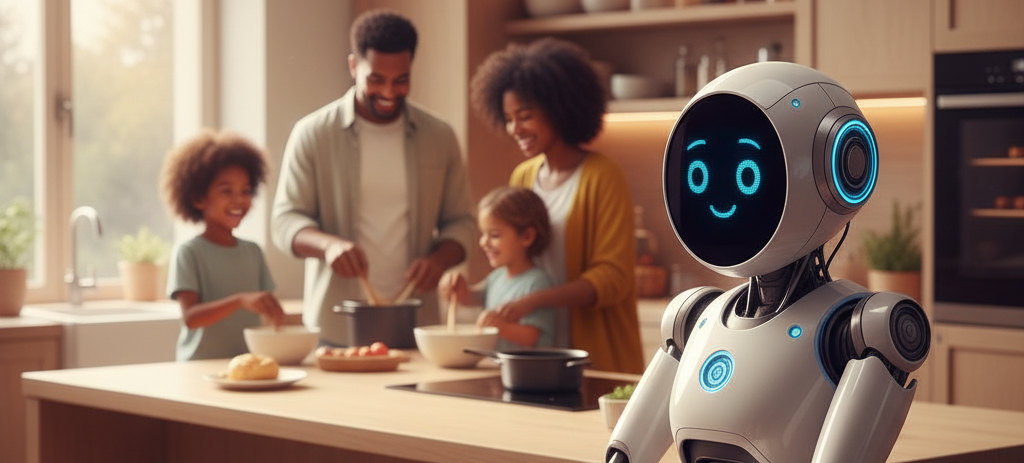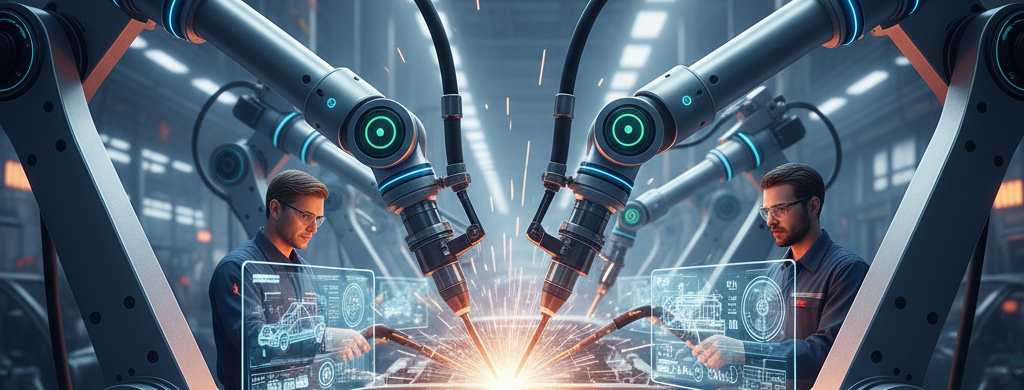Robotics in 2025 is undergoing a renaissance, blending AI, materials science, and bioengineering to create machines that collaborate seamlessly with humans. From factory floors to homes and hospitals, robots are evolving beyond repetitive tasks into intelligent assistants, addressing labor shortages, enhancing precision, and exploring hazardous environments. This surge in robotic innovation is not only boosting productivity but also prompting societal discussions on ethics, job displacement, and the human-robot interface.

Historical Development and Key Breakthroughs
The field of robotics dates back to the 1950s with Unimate, the first industrial robot arm installed in a General Motors plant in 1961. The 1980s-90s saw mobile robots like NASA’s Sojourner rover, while the 2010s integrated AI, enabling autonomy in drones and self-driving cars. Boston Dynamics’ Atlas, introduced in 2013, showcased agile bipedal movement.
By 2025, milestones include Tesla’s Optimus humanoid, capable of household chores, and SoftBank’s Pepper with emotional recognition. Advancements in soft robotics—using flexible materials mimicking muscles—allow delicate tasks like fruit picking or surgery. Swarm robotics, inspired by ants, coordinates fleets for search-and-rescue, as demonstrated in recent disaster responses.
Technological Innovations and Applications
Core technologies driving progress:
- AI Integration: Machine learning enables adaptive behaviors; robots like those from Figure AI learn from demonstrations, reducing programming needs.
- Sensors and Actuators: Haptic feedback and LiDAR provide human-like perception, improving navigation in dynamic spaces.
- Collaborative Robots (Cobots): Universal Robots’ arms work safely alongside humans, with force-limiting tech preventing injuries.
In industry, robots automate 70% of manufacturing in sectors like automotive. Healthcare sees da Vinci surgical systems performing minimally invasive procedures with sub-millimeter accuracy. Exploration robots, like Perseverance on Mars, collect samples autonomously, while underwater bots map ocean floors for climate data.

Societal Implications and Ethical Challenges
Robotics is transforming economies: the International Federation of Robotics predicts 4 million industrial robots by 2025, creating jobs in maintenance and design while displacing others. In aging societies like Japan, companion robots combat loneliness.
Ethically, concerns include privacy from surveillance-capable robots and bias in AI decision-making. Regulations like the EU’s Robotics Act aim for transparency, while global standards address weaponized drones. A balanced approach emphasizes augmentation over replacement, fostering human-robot symbiosis.
Future Directions
As 2025 progresses, biohybrid robots—combining living tissues with mechanics—could revolutionize prosthetics. Quantum sensing might enhance precision, opening doors to nanoscale assembly.
Robotics exemplifies science & technology’s potential to enhance life, urging thoughtful integration for an inclusive future.
